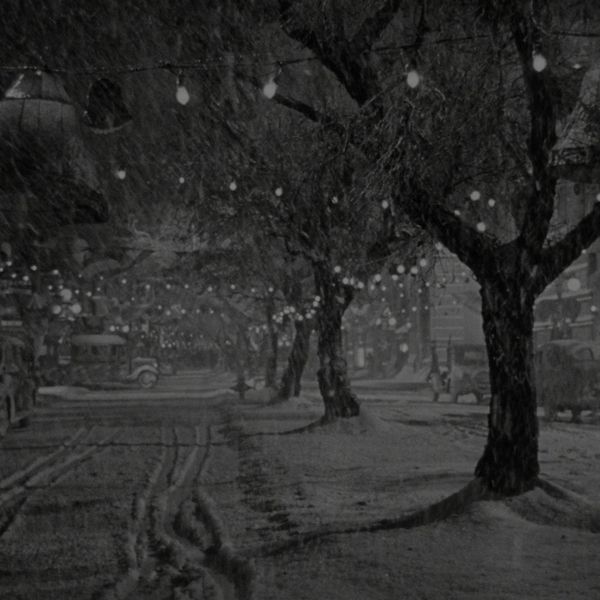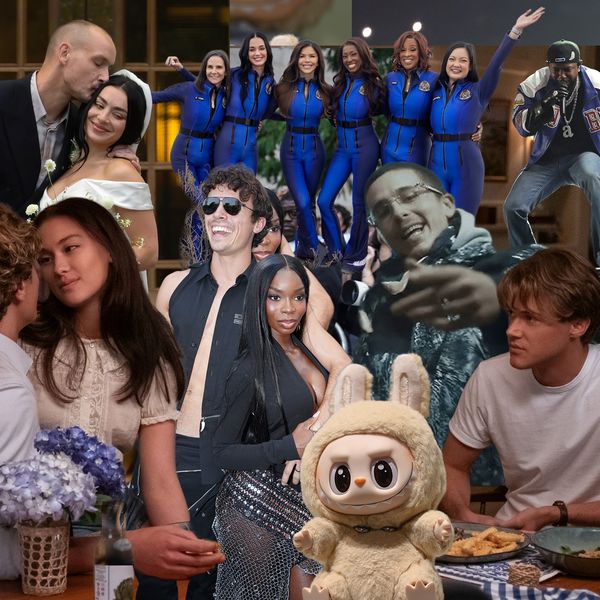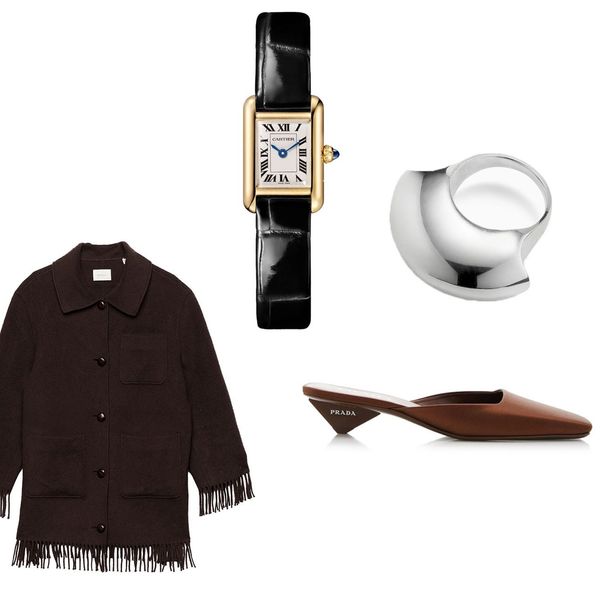How My Love Affair With New York Began
Designer Prabal Gurung recounts his first memories of moving to the city that started his career.
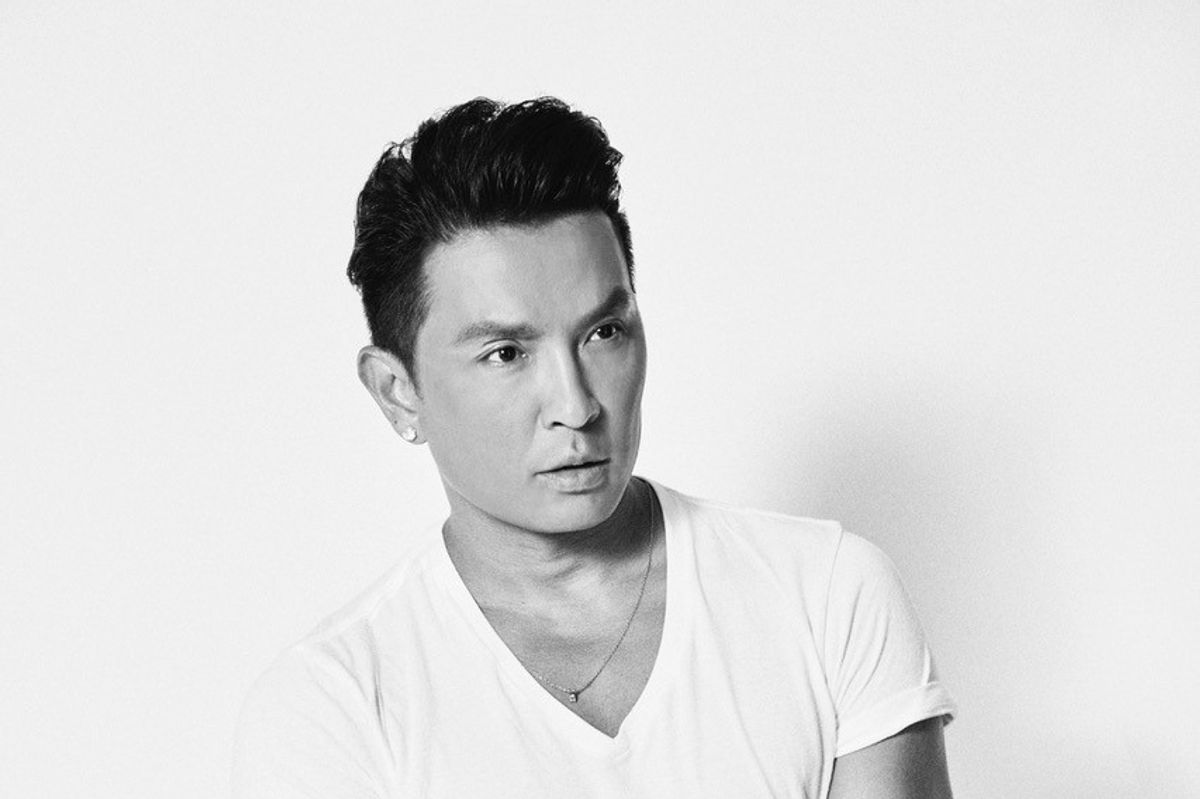
I rolled down my car window and drank it all in. A cacophony of scents—part exhaust and part fumes—perfectly blended with the exotic yet familiar smells of delicacies wafting from the roadside vendors and delis. As we drove down Third Avenue, crossing Thirty-Fourth Street, then Thirty-Third, and so on, the scents shifted from caramelized roasted peanuts to salty melted cheese pizza and baked yet slightly burnt pretzels, and I was immediately transported back to that magical night with Sid in Chandni Chowk in Delhi. Different cities, different fragrances, yet similar anticipation. New York City’s soundtrack—of blaring sirens, speeding cars, screeching brakes, and shouting people—brought me back to the present. I was in New York, the place where so many of my heroes had come to realize their American dreams. I was following in their footsteps, and that realization fueled wave after wave of emotion within me: anticipation, nervousness, fear, excitement, and joy. For a brief second, I wished my family could be there with me to experience all of this. I had left all my loved ones back home in Nepal, but in this big, buzzing, diverse concrete jungle, I felt like I was finally home. My love affair with New York had begun.
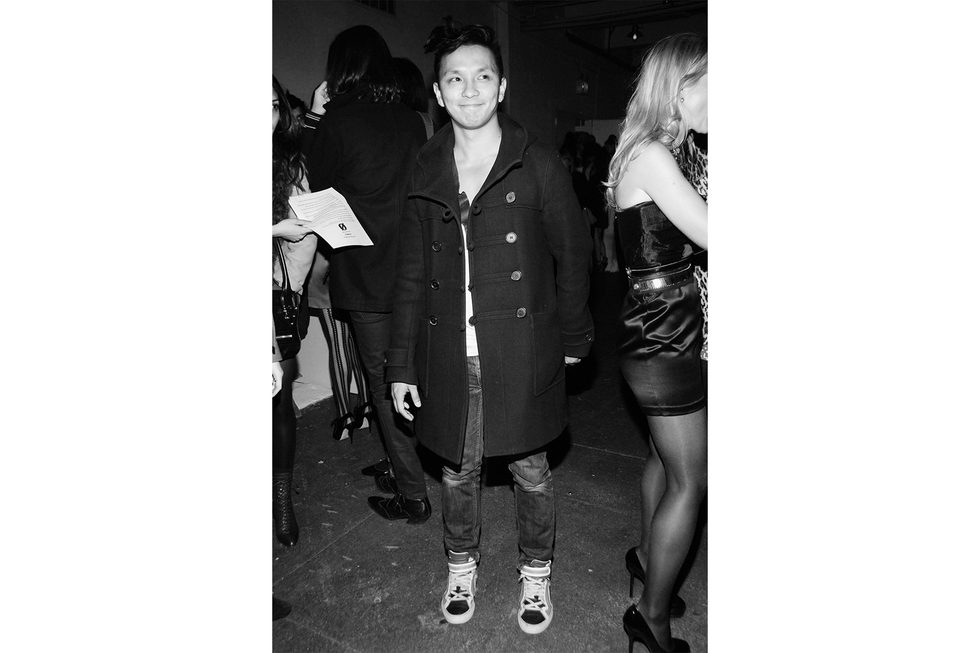
Patrick McMullan/Getty
I spent that first night with Sonam, a close friend of Deep’s who lived inthe East Village. We met when we were younger in Nepal, and I reached out to let him know I was moving to New York. I had met him once when I was a teenager and liked him immediately, so when he and his parents moved to America, we stayed in touch. He was my only contact in New York City. As we walked through Alphabet City that evening, I reveled in the smorgasbord of fashion I was witnessing in real time: from the black-clad moody goths with their dark-stained lips to the colorful spiky hair and metal-studded graffitied punks. Shaggy-haired grunge kids in torn jeans and worn-out plaid shirts coexisted with colorfully and scantily dressed Spice Girl acolytes and retro seventies bell-bottom disco queens. When I walked past what seemed to be a pack of Hells Angels in their head-to-toe leather, I thought, “Or they could also be a bunch of gay guys inspired by Tom of Finland.” Anything was possible here.
It was a thrilling, powerful, eclectic, free-spirited mishmash. I’d never seen so many different-looking people—different races, sizes, sexualities.This was a place where you could express yourself however you wanted without any fear. In Nepal and India, I was always made to feel like a freak.To see so many self-expressive “misfits” in such large numbers gave me palpable relief. Every so often, I’d spot a group of finance bros—drunk and loud—and realized with glee that they were the ones who looked out of place. I could finally exhale. Even more liberating were all the people holding hands, kissing, and making out in the corners—regardless of gender identity. It was everything I had hoped for and more.
The next day, I went to my dorm at Parsons: Loeb Hall is on Twelfth Street between Third and Fourth Avenues. I expected more of an American college with a campus, so I was surprised at how urban it was. My roommate was an Italian guy from Long Island named Carmen. He was a drummer studying music at the New School, reserved but friendly. In the dorm room next to us were a Japanese skater kid with crazy hair and aBlack kid with a southern drawl. Straight boys who were all seemingly cool with me. None of them knew where Nepal was, but that didn’t matter to me at that moment. I’d never experienced so much diversity in such a small space in my entire life.
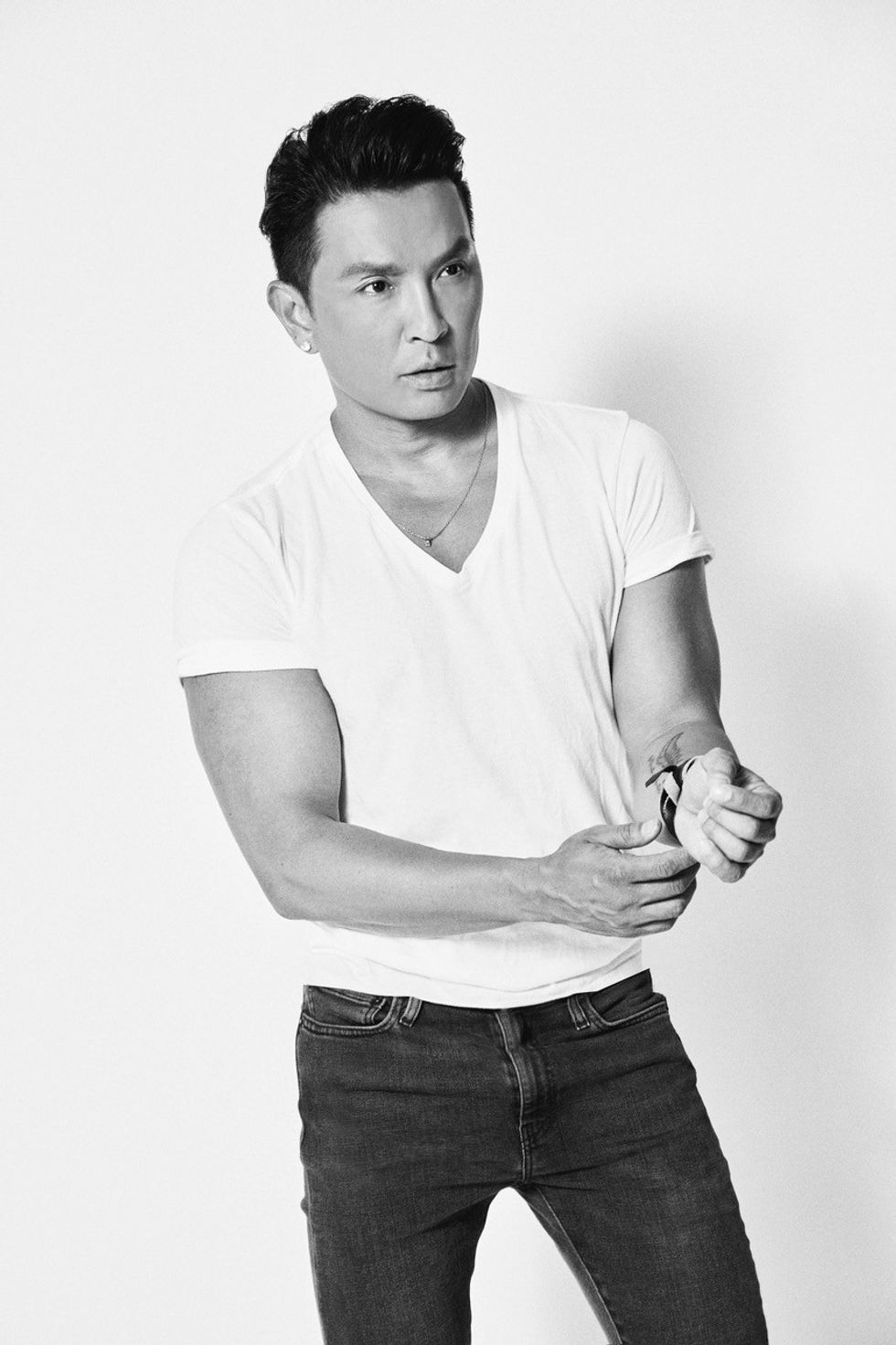
Javier Ortega
I was also incredibly excited to be at a famous fashion school that taught the likes of Marc Jacobs, Donna Karan, and Anna Sui, and in a city that gave birth to the gay rights movement—not just in the United States but arguably worldwide. People in Nepal and India did not even talk about homosexuality—so for me, being so blatantly out on the streets was thrilling.
It was the first time in my life when I could dress however I felt on any given day, in public. That was so liberating. I was five feet eight inches and120 pounds, a scrawny little kid, so while men’s sizes were too big, I fit perfectly into women’s clothes. I bought blouses from French Connection and H&M that I wore with leather pants and fur coats that I found at vintage stores. For the most part, I got positive reactions. Though, occasionally, someone would pierce that protective bubble with a “faggot” shouted from a car passing by.
That was not the norm: I can still remember going to my first gay bar and seeing men openly flirting with one another, holding hands, kissing, and more. In Nepal, this was taboo. In India, everything was hidden, but here in New York it was all out in the open, comfortable, easy. That was thrilling to me.
One night, I was at Wonder Bar, one of the more popular gay bars inEast Village on Sixth Street between Avenues A and B with some students from the dorm. I was still getting used to living in a city where you couldgo to a place like this to meet and talk to people. We were ordering drinks when an incredibly gorgeous guy across the bar started looking in our direction. He was tall with dark hair and green eyes, and we were all commenting on how hot he was, when one of my new friends, Damien, said, “Prabal, I think he’s looking at you.”
I looked over at the handsome stranger and he smiled at me. Dustin, one of the guys from my dorm, interrupted this reverie. “I doubt that,” he said. “What are the chances that he would be into a gaysian?”
All the air left the room. I’d never heard that word before, and its mean-ing did not register immediately, but I knew based on Dustin’s snarky delivery that it was demeaning.
“Let me go and find out for you, Prabal,” he added. Without waiting for my consent, he scurried off to speak to the guy. I was so embarrassed that I couldn’t even look over to see what he was doing.
When Dustin returned, he was smirking, “He’s coming over to say hello to all of us later.” Damien asked, “What did you say?” “I asked him if he was a rice queen and if he was into gaysians,” Dustin said with a loud cackle.
I finished my drink in one gulp and went outside. I lit a cigarette, leaned back on the brick wall outside the bar, and began seething with anger as I replayed what had just happened. It all felt so familiar. And disappointing.I was trying to calm myself down, as my impulse was to confront Dustin.His attack was so unexpected that it felt that much more shocking. He was in my dorm, and part of my friend group. He was also Jewish, and very effeminate, so it felt like an even greater betrayal. Surely he understood what it meant to be othered—why target me? Also, how could this happen in a city like New York—in the East Village, no less, and at a gay bar! I choked back the tears welling up inside me. I refused to be a victim anymore. Just then, the guy from the bar came outside and introduced himself.
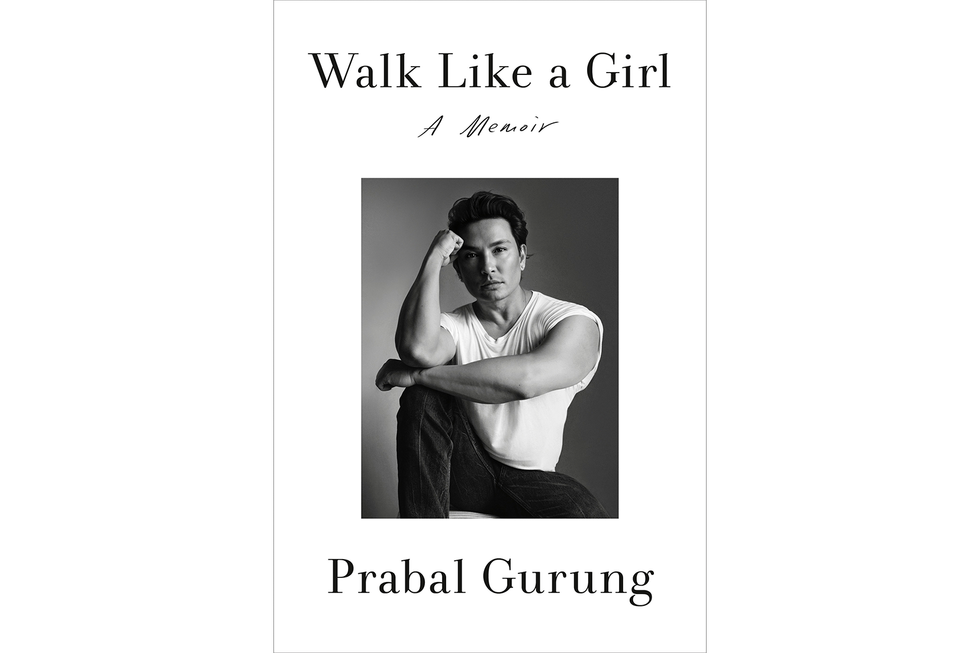
His name was Rodrigo. He had grown up in Queens, the Spanish American son of an immigrant. We chatted a little and I learned that he was a part-time model and worked as a bartender at a bar on the Upper West Side. He had come to Wonder Bar by himself on a rare Friday night outing. I told him that I was from Nepal—and he knew where it was—and that I was studying fashion at Parsons. Then he asked me if I wanted to goget a drink somewhere else. I looked at this beautiful stranger and nodded yes, adding, “As long as the night ends up with me in your bed.”
He looked at me, smiled, and said, “Okay, let’s do this.”
We both went inside to grab our jackets. I then went to say goodbye to my friends.
“I’m going to another bar with someone,” I said coyly.
“Who?” Damien asked.
“Rodrigo,” I said. Everyone looked confused—except Dustin. I pointed him out, and Rodrigo waved.
“Okaaay, gurrl, go get him,” Damien said. “Be safe,” another friend added.
I looked at Dustin as I was leaving and said, “Remember, everybody loves rice.”
From WALK LIKE A GIRL by Prabal Gurung, published by Viking, an imprint of Penguin Publishing Group, a division of Penguin Random House, LLC. Copyright © 2025 by Prabal Gurung.

